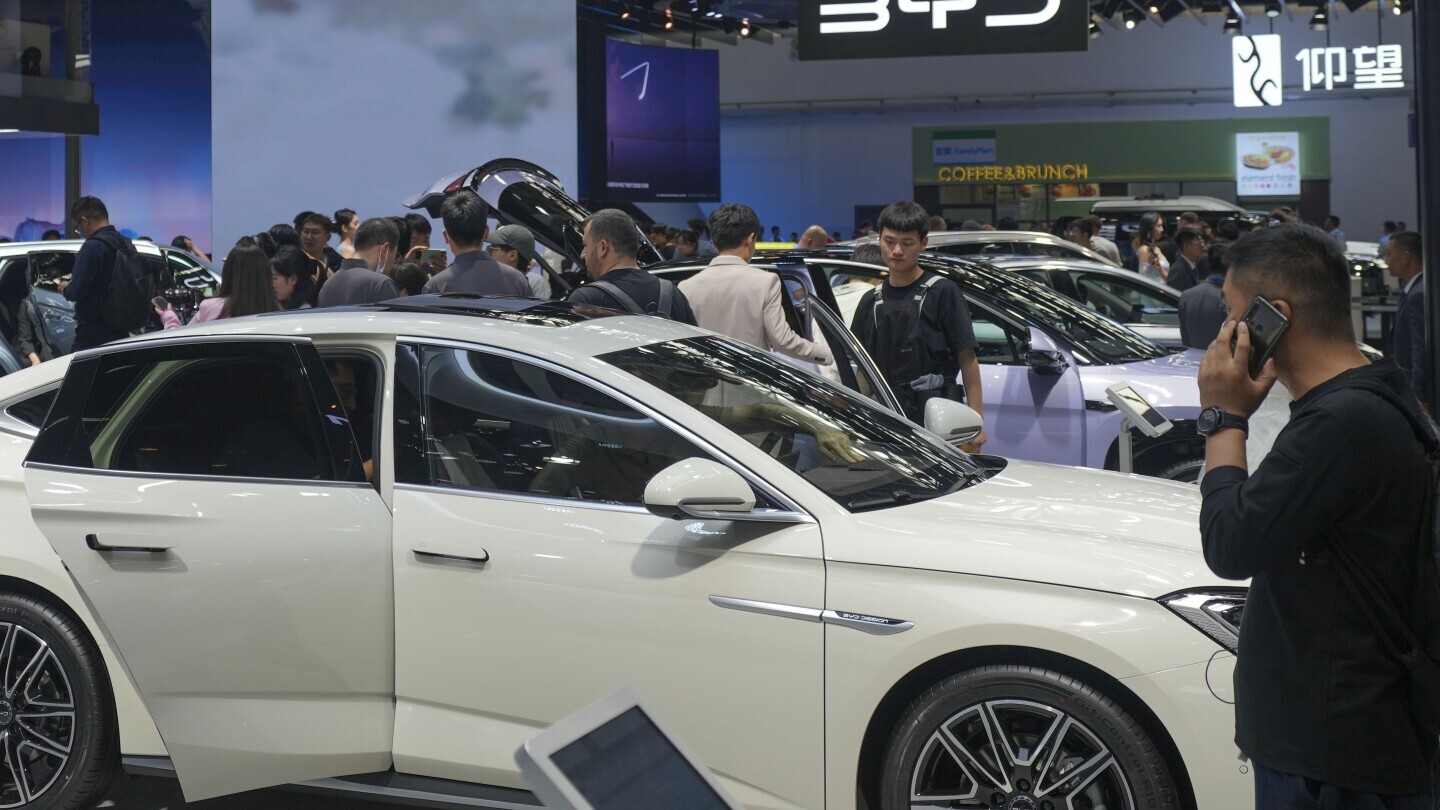The European Union and China have taken steps to potentially mitigate escalating electric car prices in the EU, agreeing to initiate negotiations regarding planned import tariffs.
These tariffs, initially proposed by the EU with rates ranging up to 38%, were intended as a response to alleged unfair subsidies benefiting Chinese electric vehicles (EVs). The EU contended that these subsidies distort competition within its market, a claim China vehemently opposed, accusing the EU of protectionism and violating trade rules.
The breakthrough came during a recent call between EU Trade Commissioner Valdis Dombrovskis and Chinese Commerce Minister Wang Wentao, described as “candid and constructive” by an EU spokesperson.
Both sides expressed willingness to engage further in the coming weeks, signaling a potential easing of tensions. However, fundamental disagreements persist, particularly concerning the EU’s insistence on addressing what it views as injurious subsidization of Chinese EVs.

Germany, a key player in the EU automotive sector, has been vocal against the proposed tariffs. German officials, including Vice-Chancellor Robert Habeck, have criticized the measures, warning of potential negative impacts on trade relations and the competitiveness of German companies.
This sentiment reflects broader concerns within the European car industry, with Stellantis and other major automakers cautioning against actions that could lead to global trade fragmentation.
The EU’s move follows a similar but more severe action by the United States, which recently raised tariffs on Chinese electric cars from 25% to 100%. This escalation underscores the international dimensions of the issue, with implications for global trade dynamics and economic relations between major powers.
Looking ahead, while the agreement to negotiate marks a step forward, the outcome remains uncertain.
Both the EU and China are expected to continue discussions to find a mutually acceptable resolution that addresses concerns about fair competition and subsidy practices in the electric vehicle sector. The situation also remains fluid, influenced by broader geopolitical tensions and the evolving regulatory landscape governing international trade.


